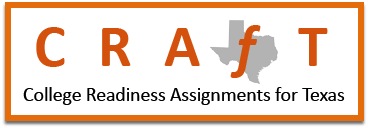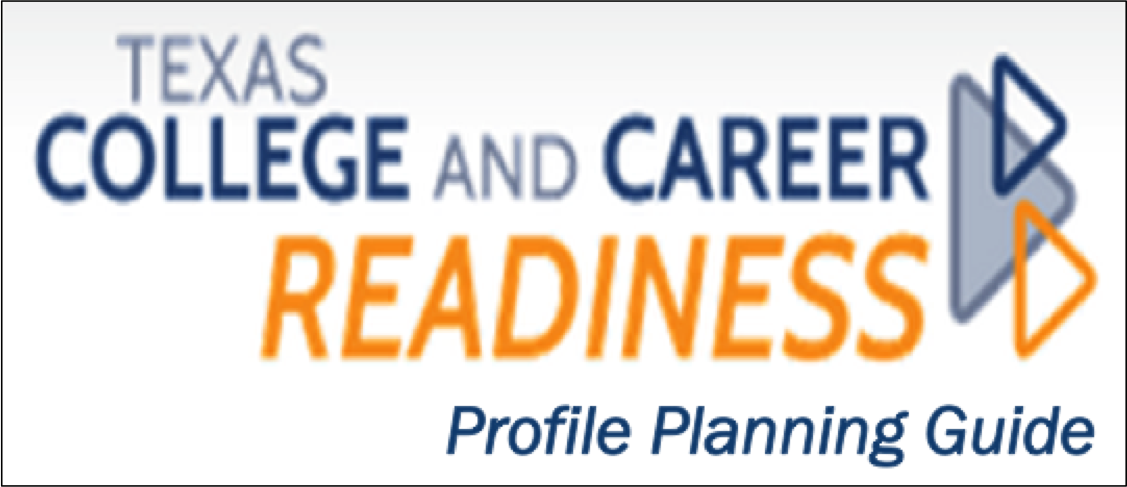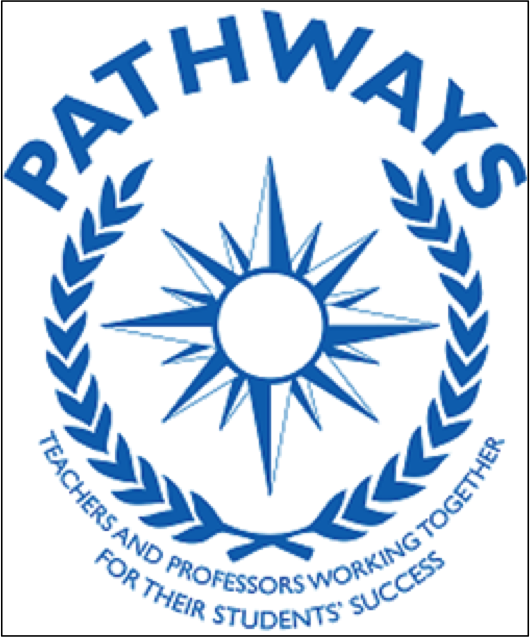V. Research
A. Formulate topic and questions.
1. Formulate research questions.
a. Inventory one’s knowledge of, attitude toward, and interest in the topic.
b. Use strategies like those in the writing process to generate questions and areas to pursue.
c. Conduct interviews with experts to identify questions central to a research topic.
d. List the fundamental questions that specialists and/or non-specialists raise about a research topic.
2. Explore a research topic.
a. Produce an annotated list of sources consulted, differentiating among primary, secondary, and other sources.
b. Outline the most significant controversies or questions on a research topic.
c. Write an account of the status of the subject in the research community, including what is known or surmised about the subject and what controversies or questions persist.
3. Refine research topic and devise a timeline for completing work.
a. Adjust topic based on preliminary research.
b. Develop a detailed and realistic schedule for researching and completing a project.
B. Select information from a variety of sources.
1. Gather relevant sources.
a. Use general and specialized reference works and databases to locate sources.
b. Locate electronic sources using advanced search strategies.
c. Select an appropriate range of source materials.
2. Evaluate the validity and reliability of sources.
a. Follow a set of criteria to determine the validity and reliability of sources.
b. Identify claims found in one or more of the sources that require support or verification and evaluate the validity of the information.
c. Evaluate data presented in graphics, tables, and charts.
3. Synthesize and organize information effectively.
a. Manage sources appropriately.
b. Explain how source materials on the same subject represent more than two points of view.
c. Select quotations that support the thesis.
d. Determine what evidence best supports the major points.
e. Determine the best order for presenting major and minor points.
C. Produce and design a document.
1. Design and present an effective product.
a. Use the composing process to develop a research product.
b. Integrate source material into text by a combination of summarizing, paraphrasing, and quoting.
c. Use citation system specified by or appropriate to the assignment.
d. Design a report using features such as headings and graphics appropriate to the writing task.
2. Use source material ethically.
a. Paraphrase accurately.
b. Use appropriate media for public presentation of research results.
c. Cite sources appropriately.
d. Document sources using a standard format appropriate to the assignment.


 Show Printable Version
Show Printable Version



